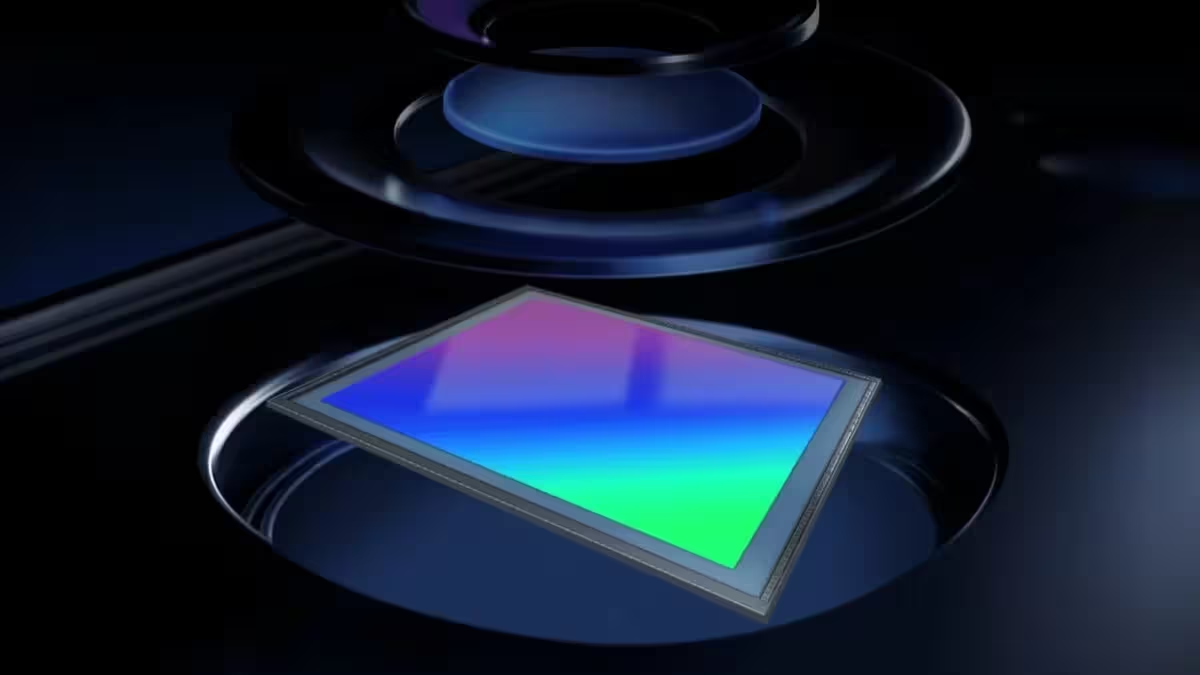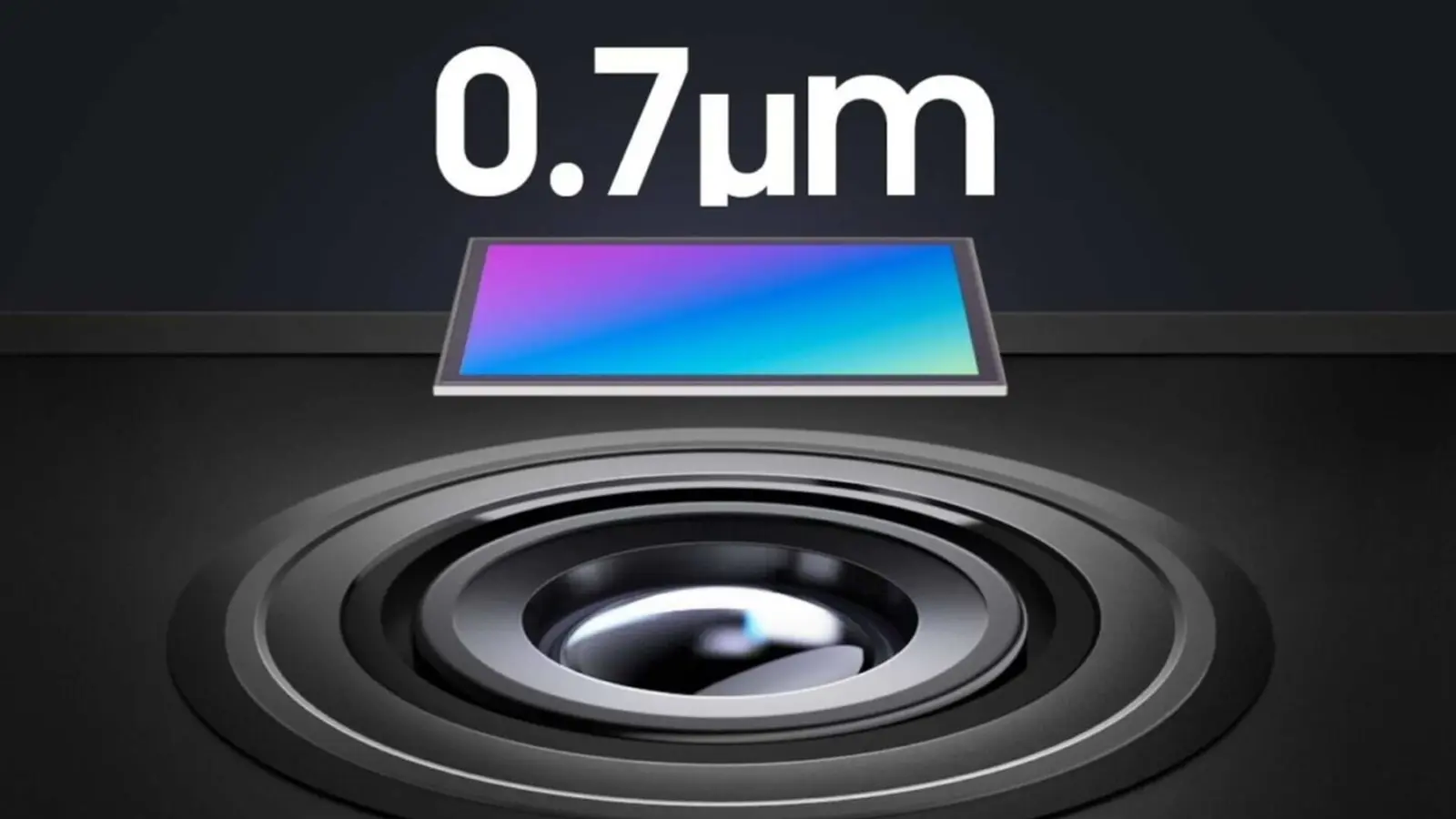3 Minutes
Vivo is reportedly returning to Samsung for a major camera upgrade on its next flagship lineup, widely expected to launch as the Vivo X300 series. Sources indicate Vivo will adopt one of Samsung's 200MP ISOCELL camera sensors, a move that could further sharpen the X300's mobile photography credentials and compete directly with other 200MP-equipped smartphones.
What we know so far
Sensor options and placement
Samsung pioneered 200MP mobile imaging with the ISOCELL HP1 in 2021 and has since expanded the family with models such as the HP5, HP9 and HP2. Vivo has confirmed it will use a Samsung 200MP ISOCELL sensor for the X300 series but has not specified which model or whether the sensor will act as the primary, telephoto or ultra-wide unit. Industry trends suggest options: the HP5 has been used behind periscope telephoto lenses by several Chinese brands, while newer sensors like the HP9 target improved low-light performance.
Product features and technical advantages
Key benefits of a 200MP ISOCELL sensor for the Vivo X300 would include high-resolution captures, advanced pixel-binning for better low-light shots, and improved detail for cropping and digital zoom. If Vivo pairs the sensor with a periscope telephoto module, expect higher-quality long-range photos; if used as a primary sensor, it could deliver more flexible computational photography outcomes and larger dynamic range.

Comparisons and use cases
How it stacks up against rivals
Compared with 50MP or 108MP sensors, a 200MP unit provides greater detail and cropping flexibility, though real-world results depend on aperture, image processing, and optical stabilization. Rumors also place Samsung gearing up to use the ISOCELL HP2 with a wider aperture in the Galaxy S26 Ultra, underscoring the competitive race around megapixel-driven mobile photography.
Market relevance and outlook
Adopting Samsung's 200MP ISOCELL sensor would reinforce Vivo's emphasis on camera performance and help the X300 series stand out in a crowded flagship market. For photographers and power users, the combination of high-resolution hardware and Vivo's computational imaging software could make the X300 a strong option for content creation, travel photography, and professional mobile workflows.
Advantages summary
- Higher native resolution for detailed shots and flexible cropping
- Pixel-binning benefits for low-light photography
- Potential for superior telephoto performance if used with a periscope lens
- Stronger competitive positioning against other 200MP-equipped devices
We will update with official specifications once Vivo confirms which Samsung ISOCELL 200MP sensor powers the X300 series and how it is deployed across the camera array.
Source: sammobile


Leave a Comment